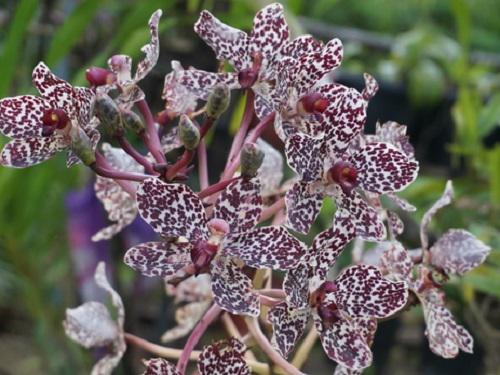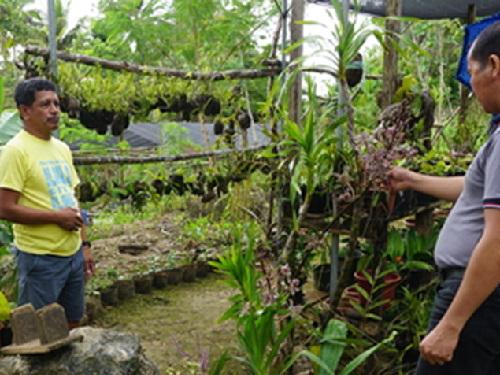Zhereeleen D. Meneses
Other projects
Communication, Education and Public Awareness initiatives will be conducted in the three target sites covering three different forest types namely forest over limestone, forest over ultramafic substrate, and lowland evergreen forest. This will educate the people on the importance of natural resources conservation and the role of the community towards the protection of the natural forest ecosystem. Together with the Department of Environment and Natural Resources, a permanent monitoring plot in the three sites will be established and distribution maps of the inventoried species will be produced. This will protect and conserve forest landscapes, thereby conserving the orchidaceous species and all the other flora and fauna thriving therein. These monitoring plots can also serve as venue for long-term ecological and biological research. Moreover, the project aims to inspire young conservationists through educating the locals on the current trends and status of the forest and its implications in their daily lives.

Inflorescence of Grammatophyllum wallisii.
Orchidaceous species of Samar will be used as flagship for conservation of three forest types: tropical lowland evergreen forest, forest over ultramafic substrate and forest over limestone formation. Permanent monitoring plots will be established and distribution maps of species will be produced. The project envisions conserving not only the endangered orchids, rather, to protect and conserve forest landscapes from further degradation. Being a permanent monitoring plot, this can also serve as a venue for students, aspiring researchers, ecologists, and environmental workers to conduct long-term research on floristics, ecological studies, environmental valuation, and even fauna and flora composition and diversity surveys.

Rescued orchids from fallen trees.
Aside from this, the project is expected to inspire young conservationists through educating the local students on the current trends and status of the forest and its implications in their daily lives. They will be able to develop an appreciation of the significance of conservation of natural resources. Communication, Education and Public Awareness (CEPA) Initiatives will enhance the capacity of local forest guards towards implementing conservation programs. The indigenous people will also be educated through the CEPA initiatives and dissemination of modified conservation campaign materials that best suit the local setting.